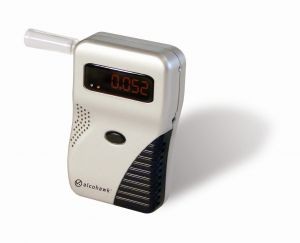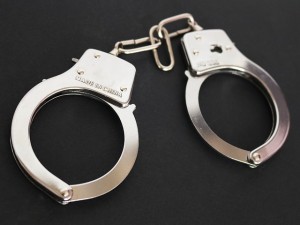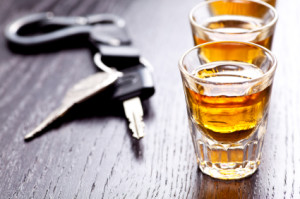 Each year in Maryland thousands of warrants are issued for defendants in criminal and traffic cases. To say it’s an uneasy feeling to have a warrant is an understatement, as sooner or later most of us will have some sort of interaction with a police officer. The majority of these interactions come during traffic stops, but even those who don’t drive can find themselves in a conversation with law enforcement. A good deal of individuals first discover they have a warrant from a police officer when it’s already too late to do something about it. The exception would be for a person who is out of state and police discovery a non-extraditable misdemeanor warrant. In these cases, the warrant can still be addressed while the defendant is out on the street, as local police will not arrest a person they know will not be picked up by Maryland. Anyone with a Maryland warrant who comes in contact with an officer in the state will be arrested and taken before a judge or a commissioner. At this time the only thing to do would be to hire a criminal defense lawyer to handle the bail review and/or the initial appearance. A defendant is entitled to representation during his or her initial appearance with a commissioner, and it definitely helps to have a lawyer. An experienced lawyer may be the difference between securing release on bond or on recognizance, which will save a person from spending the night in jail.
Each year in Maryland thousands of warrants are issued for defendants in criminal and traffic cases. To say it’s an uneasy feeling to have a warrant is an understatement, as sooner or later most of us will have some sort of interaction with a police officer. The majority of these interactions come during traffic stops, but even those who don’t drive can find themselves in a conversation with law enforcement. A good deal of individuals first discover they have a warrant from a police officer when it’s already too late to do something about it. The exception would be for a person who is out of state and police discovery a non-extraditable misdemeanor warrant. In these cases, the warrant can still be addressed while the defendant is out on the street, as local police will not arrest a person they know will not be picked up by Maryland. Anyone with a Maryland warrant who comes in contact with an officer in the state will be arrested and taken before a judge or a commissioner. At this time the only thing to do would be to hire a criminal defense lawyer to handle the bail review and/or the initial appearance. A defendant is entitled to representation during his or her initial appearance with a commissioner, and it definitely helps to have a lawyer. An experienced lawyer may be the difference between securing release on bond or on recognizance, which will save a person from spending the night in jail.
For those who learn about a warrant before coming in contact with police there are a few steps to take. Unless a defendant is prepared to go to jail right away, it always makes sense to at least try to address the warrant beforehand. Even if a defendant has no intention of coming back to Maryland, a warrant can prevent a person from renewing his or her driver’s license anywhere in the county, and can show up on background checks for decades. Writing a letter to a judge will likely not get the job done, but hiring a lawyer or applying for the public defender and having them file a motion to recall the warrant will have a much higher success rate. A lawyer will look into the case to see why exactly the warrant was issued, and then tailor a motion to best address any issues the judge may have. The lawyer first needs to determine what type of warrant was issued.
There are two types of warrants in Maryland, but both instruct a police officer to arrest the defendant and bring him or her before a judge or commissioner. Bench warrants are the most common type of warrants, and typically are issued in traffic and misdemeanor cases. They are called bench warrants because they are issued by a judge (from the bench where they sit in court). The two most common bench warrants are failure to appear bench warrants and violation of probation warrants. Anyone who fails to appear in court for trial, motions or even for their initial appearance could have a bench warrant issued. Bench warrants typically instruct the police to take the defendant before a district court commissioner, who will then determine whether to release the defendant. A warrant like this will say “to be set by commissioner”. In some cases, a judge may issue a no bail bench warrant where the defendant would have to see a judge in order to be released.
 Criminal Defense Lawyer Blog
Criminal Defense Lawyer Blog










